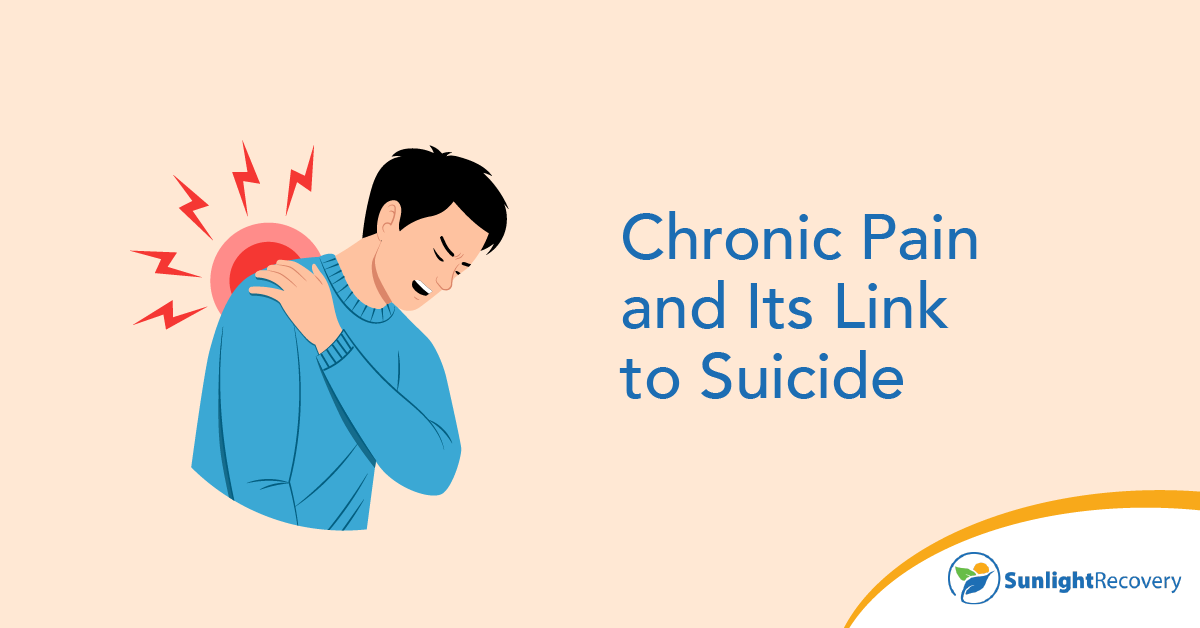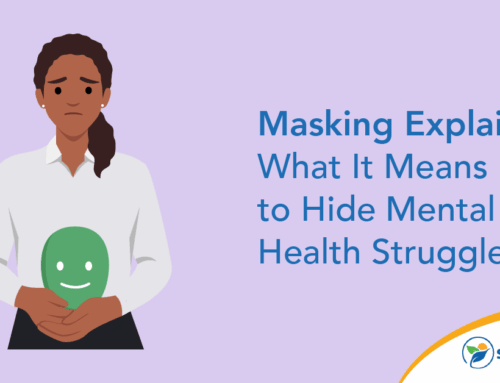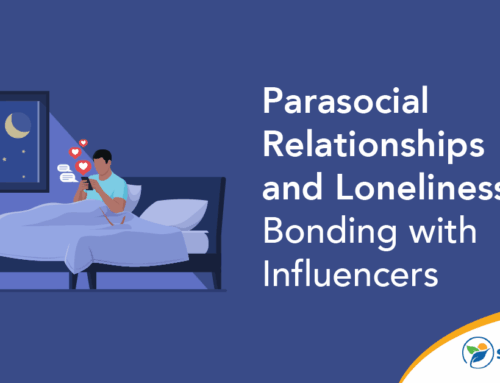If you or a loved one has ever struggled with chronic pain, you know how challenging it is. Chronic pain doesn’t just affect the body — it can take over every aspect of life. From disrupted sleep and ongoing appointments to job loss and strained relationships, the constant weight of pain may become emotionally exhausting. Over time, many people begin to wonder: Can pain kill you?
The answer, in some cases, is yes — not because pain stops the heart, but because its relentless nature can increase the risk of suicide. The physical effects may be more prominent, but the mental impact can be just as dangerous. In this article, we’ll explore the link between chronic pain and suicide and why early intervention is essential.
How Chronic Pain Affects Mental Health
Living with chronic pain involves more than physical discomfort. The mind and body are deeply interconnected, and when the body is in distress for extended periods, the psychological toll can be very damaging.
Over time, pain may gradually wear down emotional resilience, leading to poor mental health. In fact, studies show that about 40% of people with chronic pain also live with a comorbid mental health condition, such as depression, anxiety or post-traumatic stress disorder (PTSD). Some of the key ways chronic pain affects mental wellness include:
- Depression and hopelessness. Pain that persists without relief can cause feelings of despair, worthlessness or helplessness. Many individuals with chronic pain withdraw from activities they once enjoyed, contributing to social isolation and deepening depressive symptoms.
- Anxiety and fear of worsening symptoms. People with chronic pain often experience anxiety — not just about their current symptoms but about what the future holds. This can include fear over pain affecting your independence, job or relationships. Anxiety can even intensify the perception of pain, creating a cycle that’s hard to break.
- Sleep disturbances. Pain may make it difficult to fall or stay asleep. Sleep deprivation, in turn, lowers the brain’s ability to regulate mood. Lack of rest can increase irritability, cognitive fog, and emotional instability, all of which affect mental health.
- Emotional exhaustion and identity loss. Chronic pain can take over a person’s sense of identity. Many people feel like they’ve lost the version of themselves they used to be: active, capable and independent. This emotional fatigue is linked to a swirl of negative emotions, ranging from anger to grief.
- Increased risk of substance use. Some individuals turn to alcohol, opioids or other substances to escape pain, both physical and emotional. This coping mechanism can quickly spiral into dependency or addiction.
When these emotional and psychological burdens build up, they may lead to something even more serious: suicidal thoughts. Without proper mental health support, chronic pain can quickly push people to their limits. Understanding the connection between chronic pain and suicide risk is critical to providing effective care.
Can Pain Kill You? Understanding the Connection Between Chronic Pain and Suicide Risk
People with chronic pain are more likely to exhibit suicidal behaviors compared to those without pain. Pain may not kill you directly, but it can contribute to a negative and potentially fatal mindset. More specifically, pain can create a deep sense of hopelessness, especially when treatments don’t work.
Over time, this hopeless sensation may build to suicidal thoughts. In many cases, these thoughts don’t represent a desire to die; rather, they represent a longing to escape suffering. While suicidal thoughts can sometimes contribute to a crisis, people often don’t act on them (at least not immediately). Instead, they maintain an ongoing preoccupation with death or suicide, which is known as chronic suicidal ideation.
Recognizing Warning Signs in Those Living With Chronic Pain
Across the United States, over 10 million adults have reported experiencing suicidal thoughts. There are two main types of chronic suicidal ideation: passive and active. In passive ideation, people have suicidal thoughts but don’t intend to act on them. In active ideation, people create an action plan to harm themselves.
If left unaddressed, passive ideation can escalate to an active plan. That’s why it’s important to recognize warning signs and intervene early. Key signs include:
- Talking about wanting to die or expressing feelings of hopelessness
- Withdrawing from friends, family, or social activities
- Giving away possessions
- Expressing unbearable emotional or physical pain
- Increased use of alcohol or drugs
- Reckless or self-destructive behavior
- Loss of interest in things they once enjoyed
- Neglecting personal hygiene or appearance
Although anyone can experience suicidal thoughts, those with chronic pain are at a higher risk. If you or a loved one is experiencing chronic suicidal ideation due to pain, treatment is available.
Effective Interventions and Support Options
Because the link between chronic pain and suicide is complex, treatment requires a multifaceted approach. The most effective interventions combine medical, psychological and social support to treat the individual as a whole. This often involves collaboration between different professionals, including pain specialists and mental health providers.
Exact treatment varies from patient to patient. However, common strategies include:
- Psychotherapy. Treatments like cognitive behavioral therapy (CBT) can help individuals reframe their negative thoughts surrounding pain.
- Medication management. Your health care provider may recommend certain medications to support physical or emotional well-being.
- Support groups. Peer-led or professionally facilitated support groups offer a safe space to share experiences and gain practical coping tools. They also help reduce isolation by connecting you to people who also have chronic pain.
- Crisis resources. For individuals experiencing chronic suicidal ideation or active suicidal thoughts, immediate support is critical. Suicide prevention hotlines, such as the 988 line, can help de-escalate dangerous situations.
- Lifestyle and wellness interventions: Mindfulness practices and stress management techniques can improve physical functioning and emotional well-being.
Reducing Stigma and Building a Safety Net
Despite the different support options, many people living with chronic pain and mental health struggles don’t seek treatment. One major barrier is the stigma that still surrounds mental health. Some individuals fear being judged as “weak” or worry that their emotional distress will be dismissed, especially if their pain is already misunderstood. Others may internalize the belief that they should just “tough it out,” leading them to suffer in silence.
At Sunlight Recovery, we’re committed to overcoming this stigma and helping people get the support they need. We offer a wide range of mental health resources, including targeted treatments for depression. Don’t let chronic pain dictate your life — contact us today to explore programs.







